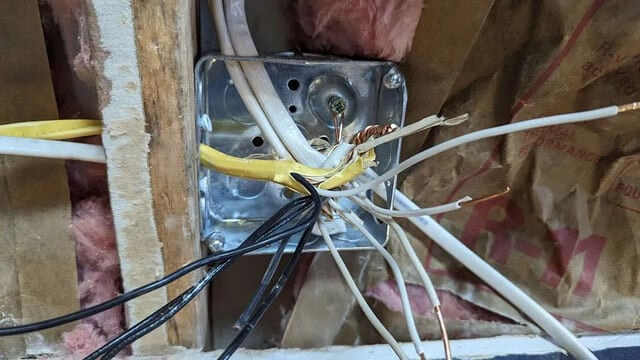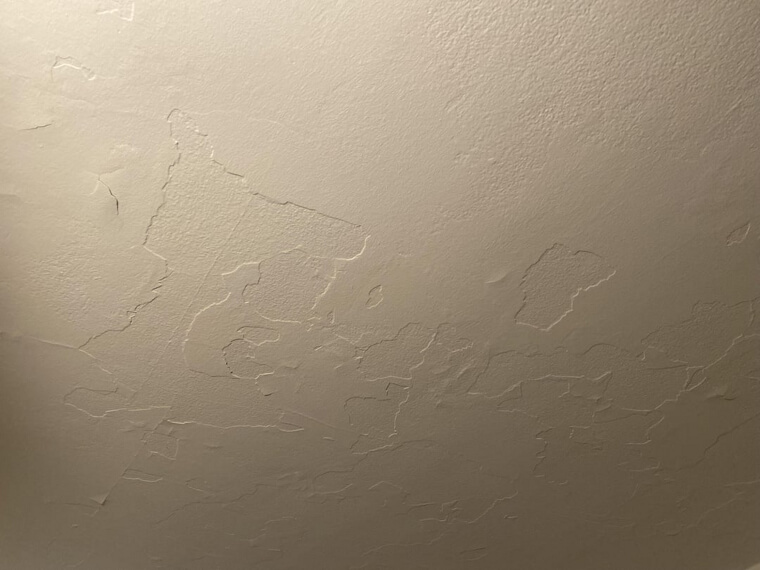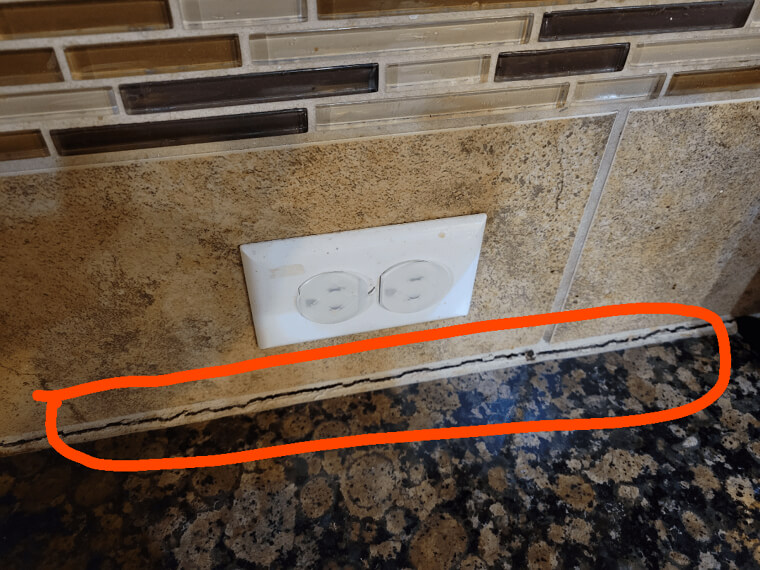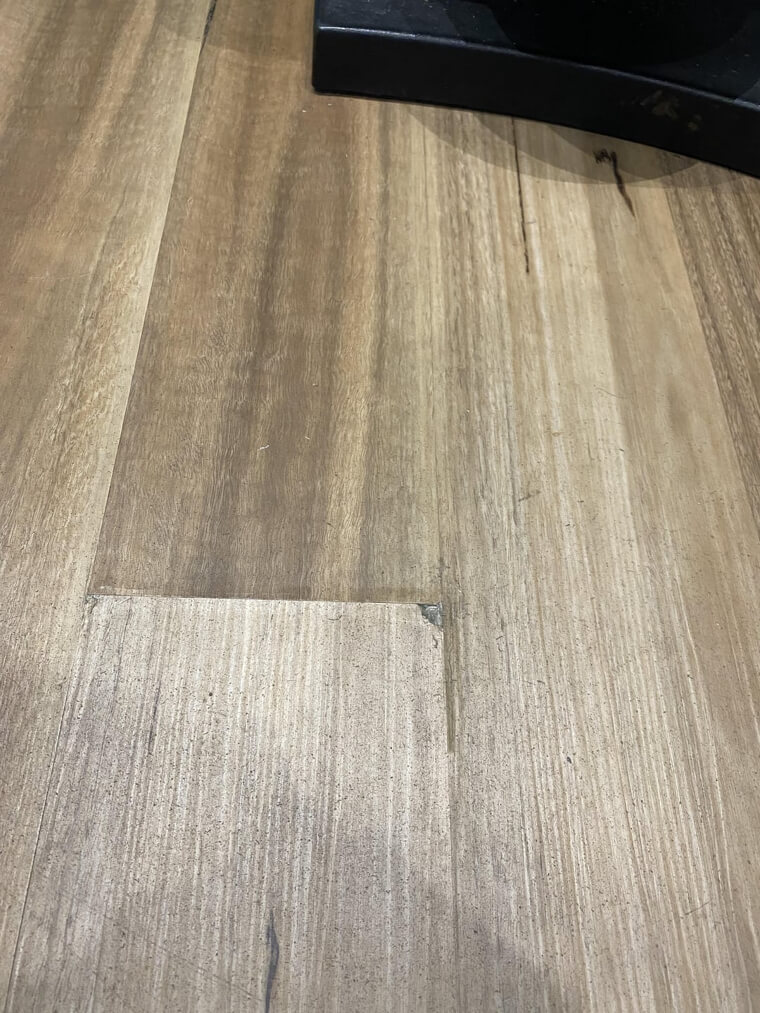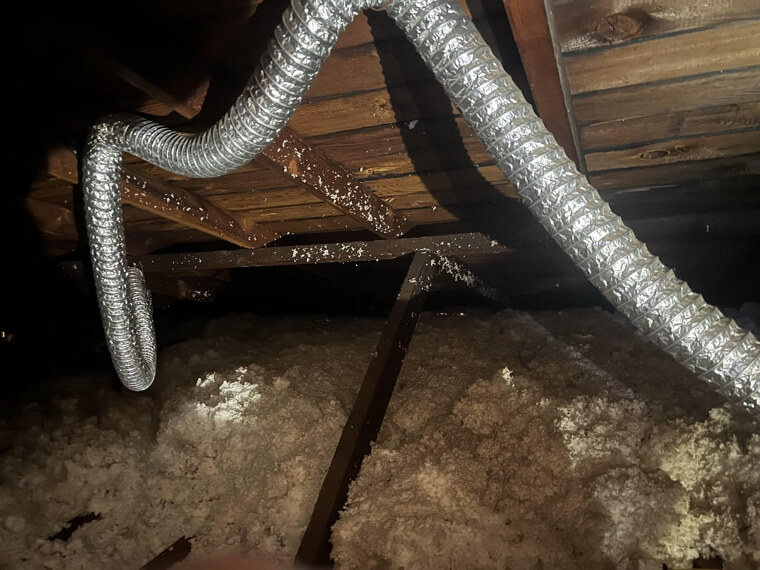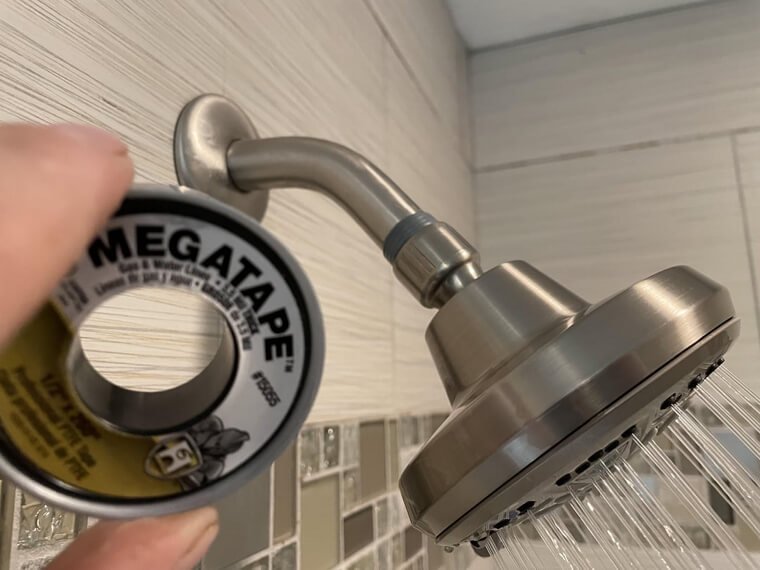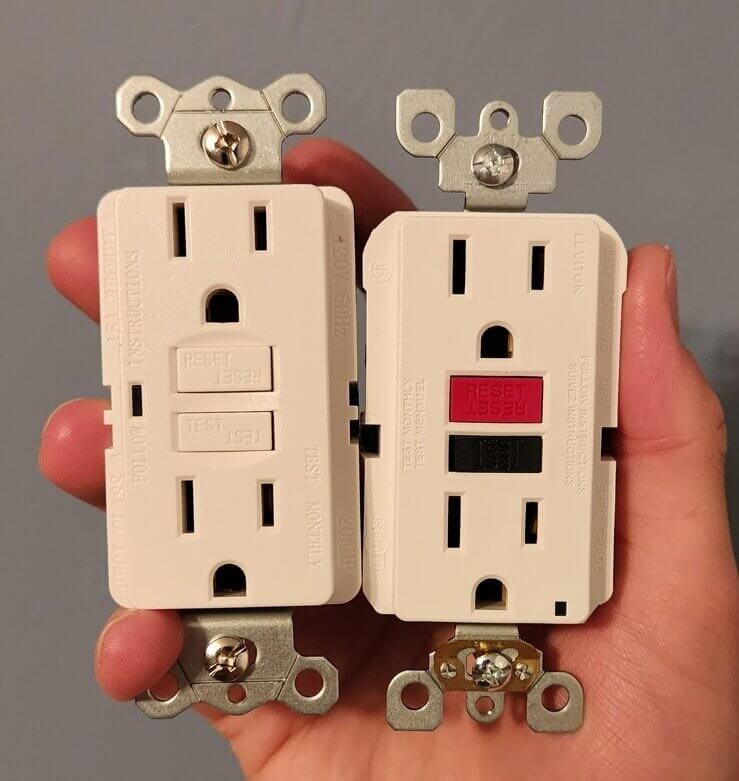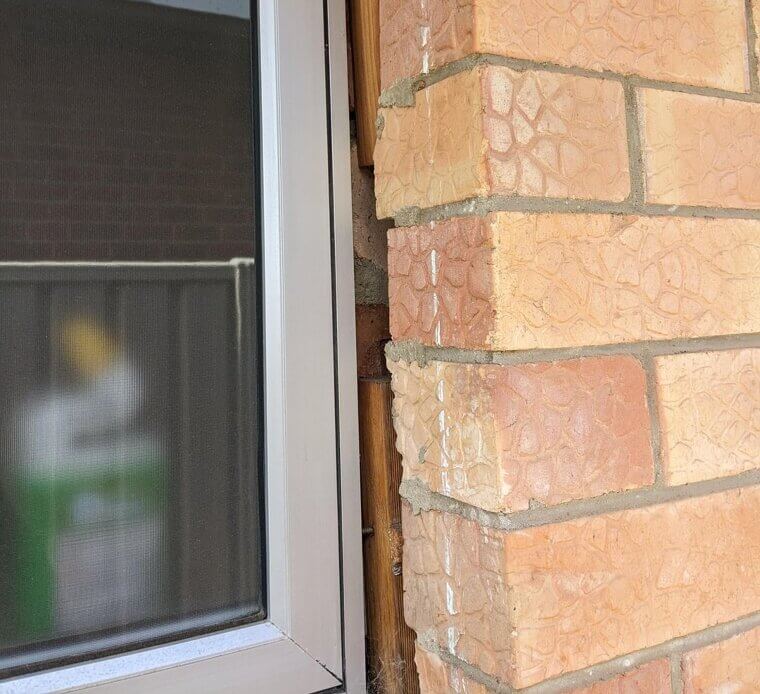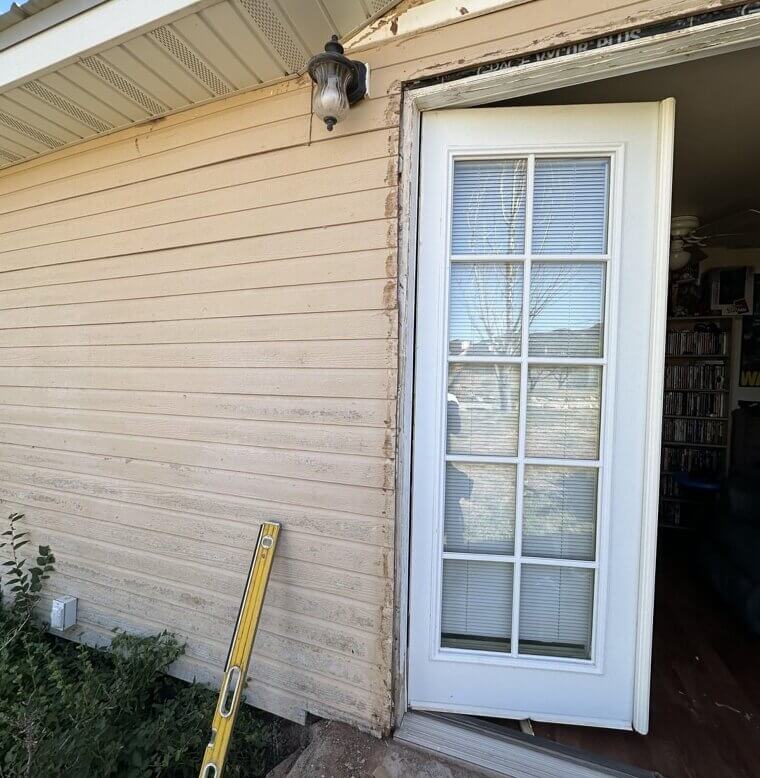Trying to Save Some Cash Can Cost You Big Time
Trying to save time or money on home repairs can backfire, especially when it comes time for an inspection. Professional inspectors are trained to spot quick fixes that hide bigger problems. These common shortcuts might seem clever at first but can cause headaches, delays, or even lost deals down the line.
DIY Electrical Work Without Permits
Unpermitted electrical work is a major red flag. It may not meet code, and poorly wired outlets or breaker panels pose safety hazards. Inspectors will notice mismatched outlets, exposed wiring, or lack of GFCIs. These mistakes can lead to costly repairs or require full rework by a licensed electrician.
Painting Over Water Damage
A fresh coat of paint might cover up stains, but it doesn’t solve the problem. Inspectors know how to spot telltale signs of past leaks, and painting over damage without fixing the cause raises immediate suspicion. It suggests neglect, and buyers may wonder what else is being hidden.
Caulking Around Structural Cracks
Caulk can hide a crack, but it won’t fix what’s underneath. If a structural problem is present, sealing it up is only a cosmetic solution. Inspectors are trained to look closely at walls and foundations. Quick fixes like this often signal bigger concerns that buyers won’t want to inherit.
Flooring Installed Over Old Damage
Covering old floors with new material may look good temporarily, but soft spots, uneven surfaces, or moisture trapped underneath can cause bigger issues. Inspectors will test floors for integrity and will often lift corners or check transitions. Hiding damage instead of repairing it properly is a red flag.
Venting Exhaust Fans Into the Attic
Skipping a proper roof vent to save time or materials might go unnoticed—until the inspector checks the attic. Moisture and mold risks make this a serious oversight. Venting directly into attic space violates building codes and can turn into an expensive fix for the future homeowner.
Using Tape Instead of Proper Plumbing Fittings
Duct tape, electrical tape, or even temporary wraps around leaky pipes might hold for a day, but inspectors will see it as a stopgap. Improper plumbing fixes suggest DIY work done without knowledge or skill. This raises concerns about other potential shortcuts hiding in the home.
Missing or Fake GFCI Outlets
GFCI outlets are required in kitchens, bathrooms, garages, and outdoor spaces. Some homeowners swap out regular outlets to “look” like GFCIs without actually wiring them correctly. Inspectors test these to ensure safety. Faking this feature is both dangerous and a red flag for deeper electrical issues.
Unsealed Gaps Around Windows and Doors
Instead of replacing old seals or fixing frames, some homeowners use filler or foam for a quick visual fix. Inspectors know to check for airflow, misalignment, and water intrusion. Poor sealing or temporary patches can reduce energy efficiency and lead to further damage down the line.
Covering Wall Damage With Furniture or Decor
Strategic placement of art or furniture to hide holes, cracks, or stains might fool a buyer at first glance, but inspectors will move things around. They check behind furniture and wall hangings for damage. When they find it, it creates immediate distrust in the rest of the property.
Skipping Flashing Around Exterior Features
Improper or missing flashing around windows, chimneys, and roofs is a shortcut that leads to long-term damage. It’s often skipped by DIYers hoping to save time, but inspectors know where to look. Water intrusion, rot, and mold are serious concerns when flashing is done wrong or omitted entirely.


